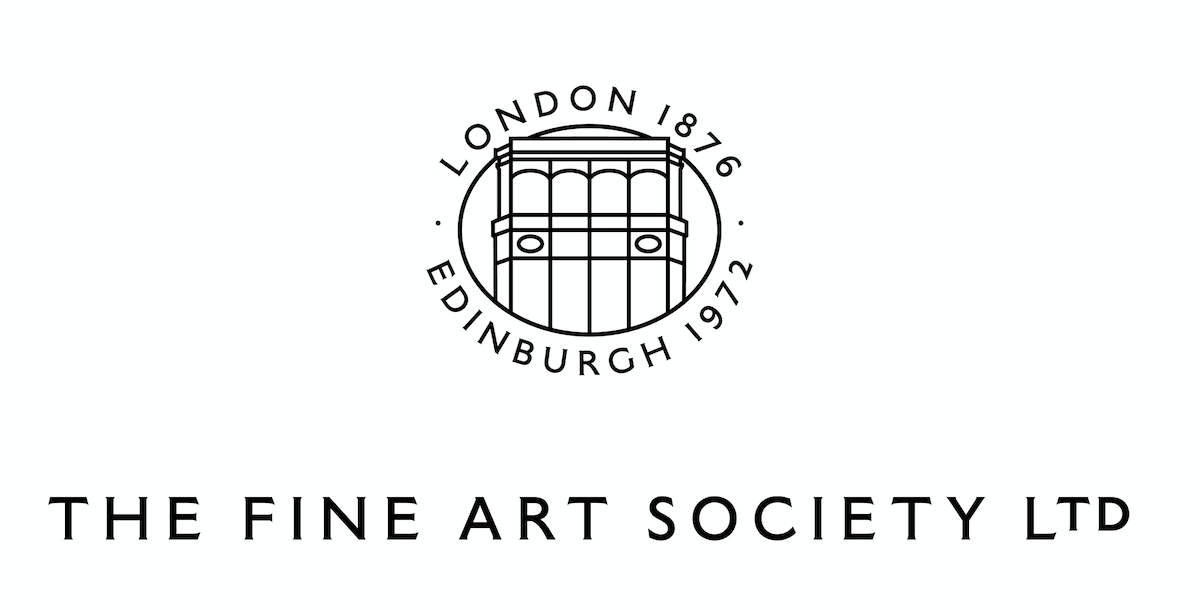Marcel Breuer was amongst a handful of Bauhaus designers who emigrated to London from Germany in 1936. One of the first commissions he received was from the former Director of the Bauhaus, Water Gropius, to Jack Pritchard of the Isokon Furniture Company. As a part time consultant for Venesta, a distributor for Estonian plywood, Pritchard asked if Breuer would translate some of his iconic aluminium designs, which had been met with success on the continent, into plywood, as he was keen to showcase its suitability for the latest modernist designs. The ply version of his aluminium chaise, the ‘Isokon Long Chair’, went on to become an icon of 20th century furniture design. Breuer then became intent on producing new, progressive pieces, without any precedent. Originally, the Isokon Dining Chair was to be a truly minimalistic design, employing as few pieces as possible. It’s development however was not easy, and the final design involved nine constructional elements. Despite designing other stacking chair variants, this is the only chair by Breuer that went into production. Very few were produced, and only a handful have survived, including two that are currently held in the V&A collection.
Although Breuer had precocious talents, the British furniture designer Gerald Summers never suffered Breuer’s tribulations in the production of his work. The creative leaps in form that are evident in so much of his output were not the result of design fancy, instead owing their existence to Summers’ acute knowledge and interrogation of the constructional process.
Summers explored plywood’s untapped potential, and his pragmatic, yet highly inventive approach, meant that he was able to create furniture that was functional, space-saving and affordable, yet entirely radical in its form. He saw beauty in the quotidian and created many ingenious re-interpretations of ordinary items, including cake trays, towel rails, bookends, and magazine stands. His designs are a marriage between sculpture and utility.








